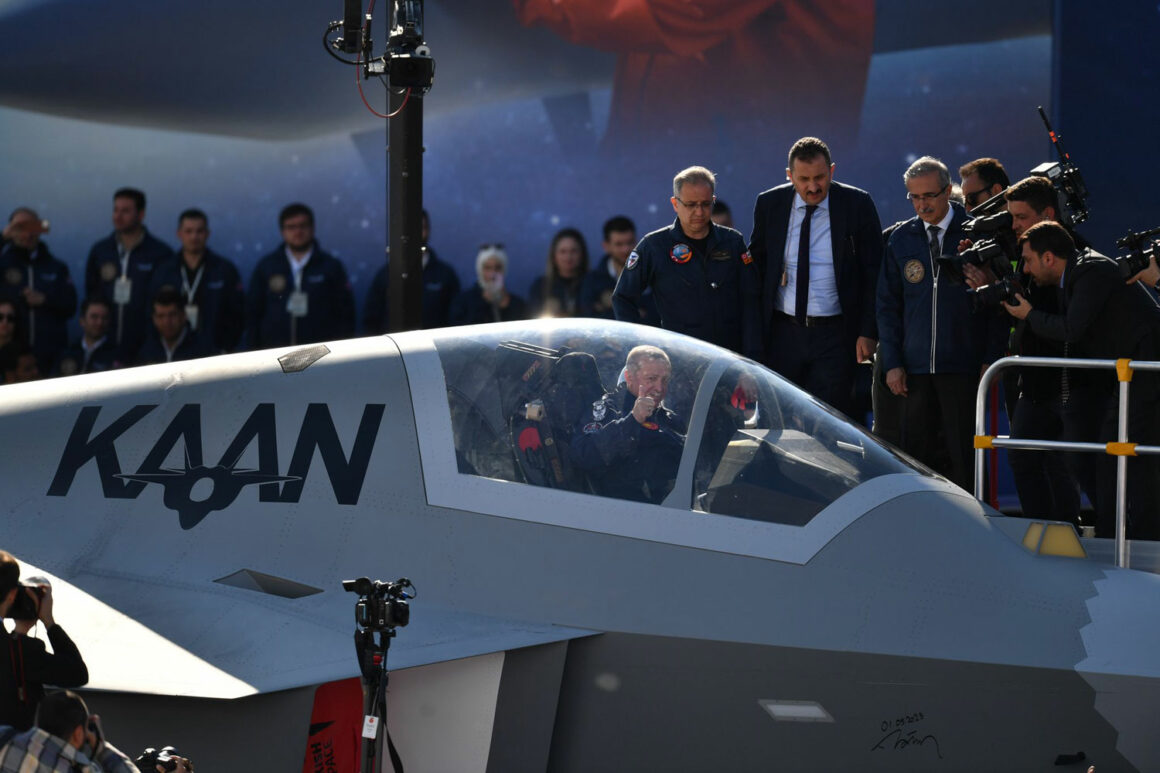SOURCE: IDRW.ORG TEAM.

Pakistan’s recent announcement to acquire 5th-generation Shenyang FC-31 Gyrfalcon fighter jets from China has raised eyebrows, not only for its geopolitical implications but also for its economic feasibility. Now, the country is further stirring the pot by expressing interest in Turkey’s indigenous “KAAN” fighter program. However, both ventures face significant hurdles, raising questions about Pakistan’s ability to navigate this ambitious plan.
The FC-31, while a promising platform, is still under development in China itself. Its capabilities and export readiness remain uncertain. Moreover, Pakistan’s strained financial situation makes securing funding for a large-scale acquisition a challenge. Further, the possible involvement of US-sanctioned components in the FC-31 could complicate the deal.
While Pakistan hopes to join the KAAN program as a partner, its lack of financial contribution due to economic constraints throws a wrench in the works. Turkey, needing partners to share the development burden, might be hesitant to accept a non-contributing member. Additionally, KAAN’s own engine development, crucial for export, faces delays and potential export restrictions, adding to the uncertainty.
Pakistan’s attempt at an indigenous 5th-generation fighter, Project Azm, was scrapped due to lack of expertise. This highlights the country’s limited technological base, making dependence on foreign acquisitions inevitable. However, the long-term affordability of such dependence remains a critical concern.
Pakistan’s aspirations to upgrade its air force with cutting-edge technology are understandable, but the chosen paths are fraught with challenges. The FC-31 deal is shrouded in uncertainty, while KAAN’s viability hinges on factors outside Pakistan’s control. Balancing ambition with financial realities and exploring alternative options will be crucial for Pakistan’s air force modernization journey.
Pakistan’s ambitious roadmap envisions a complete transition to 5th Gen fighters within 25 years. However, achieving this goal hinges on overcoming financial constraints, navigating complex geopolitical relationships, and potentially seeking alternative engine options for the KAAN.
NOTE : Article cannot be reproduced without written permission of idrw.org in any form even for YouTube Videos to avoid Copy right strikes. Websites doing illegal reproductions will get DMCA and Legal Notices.